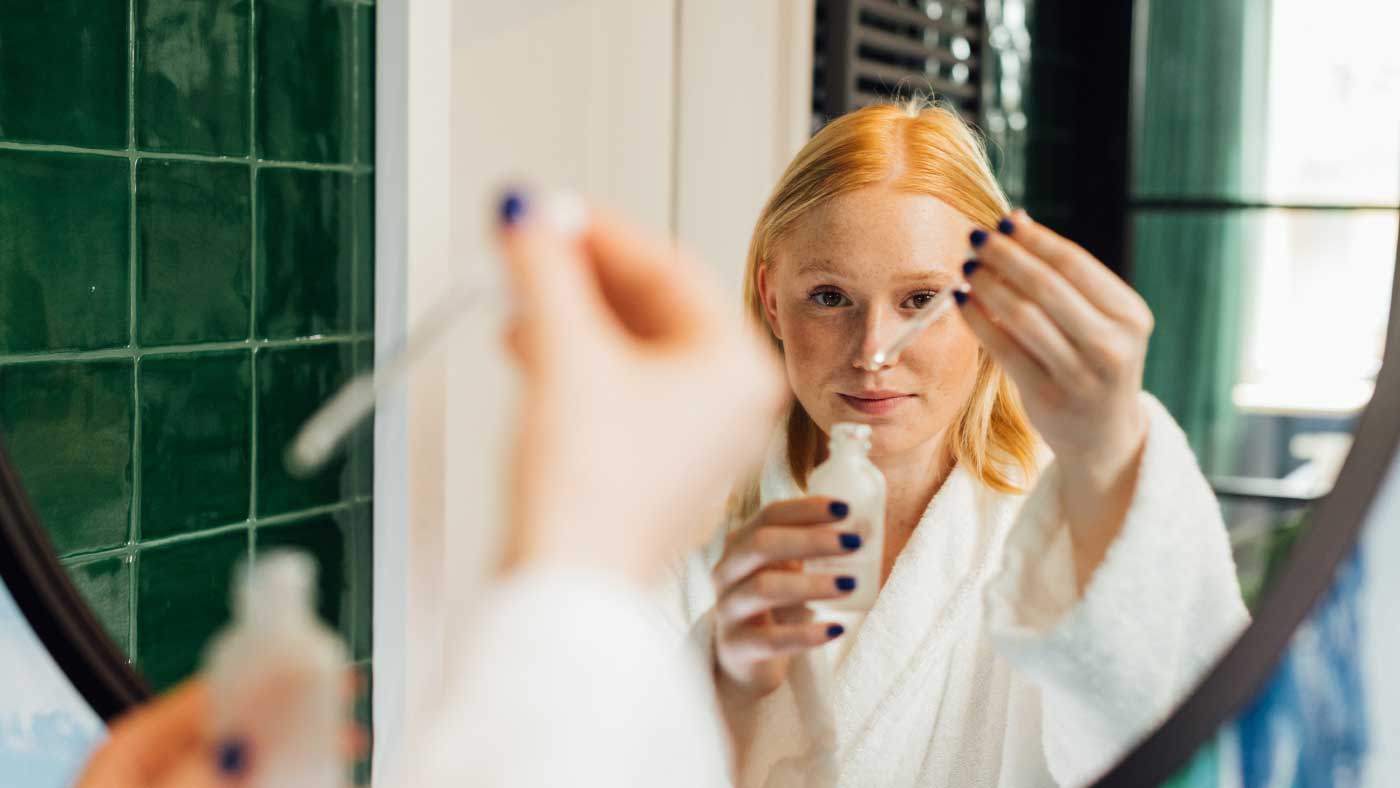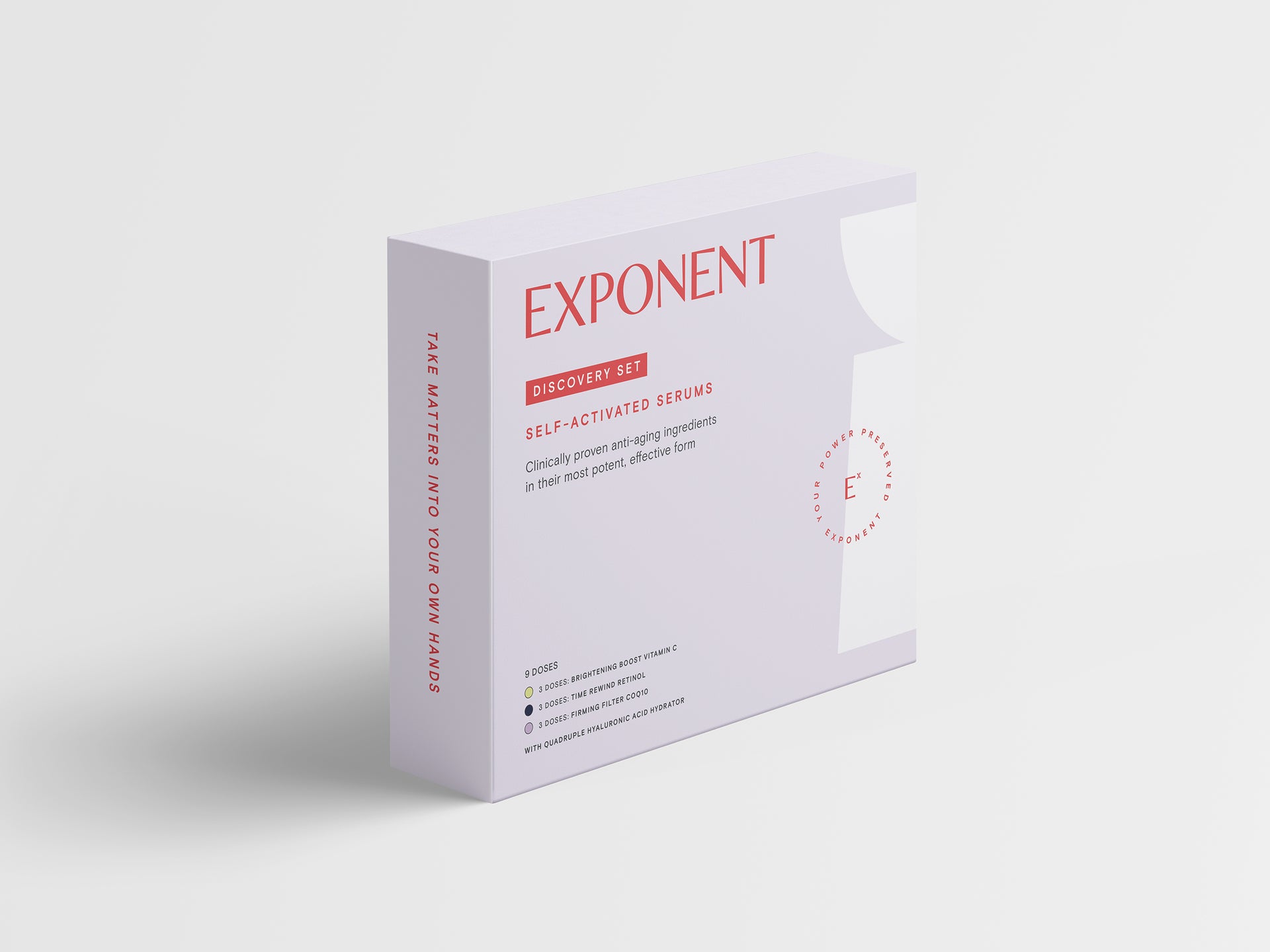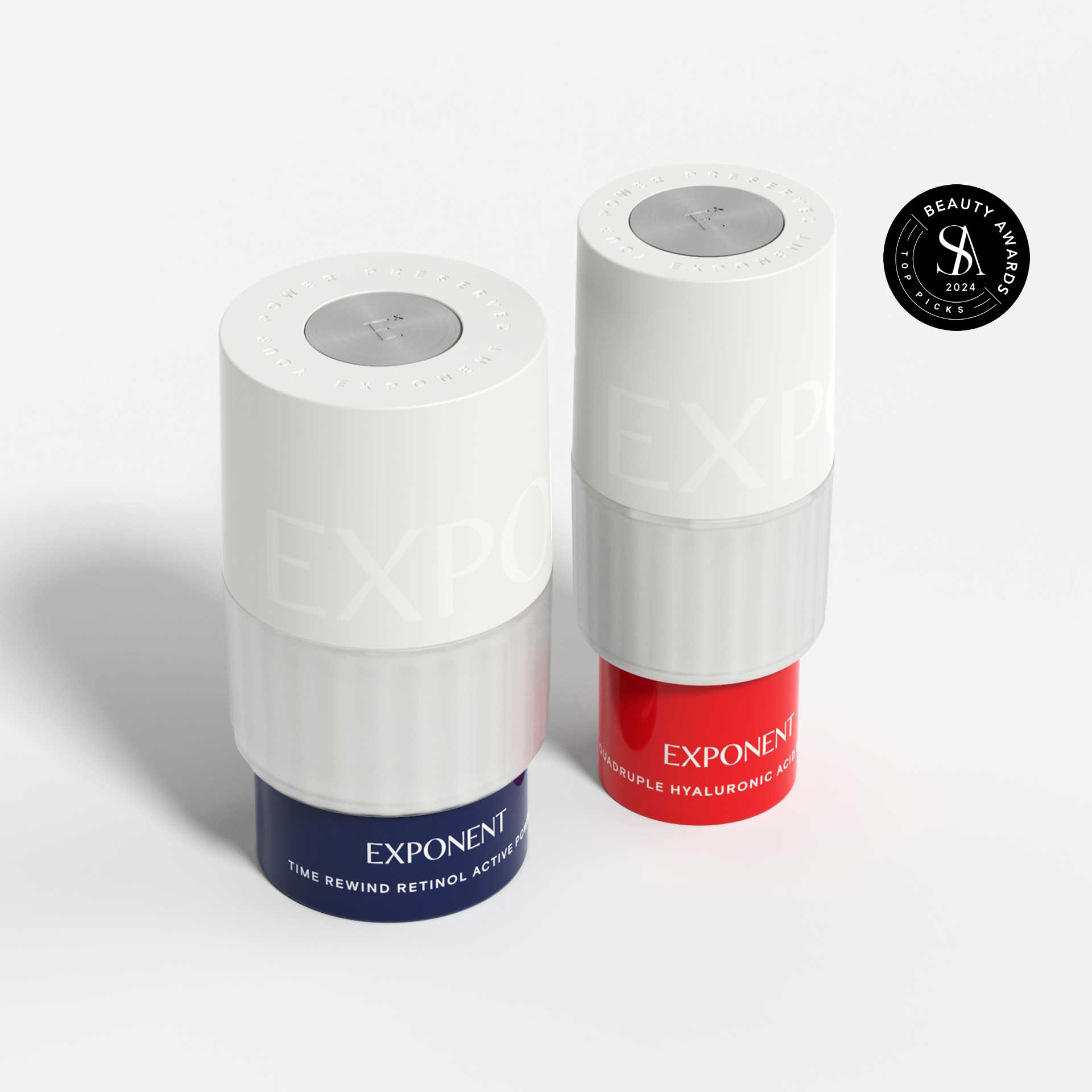Skincare enthusiasts and beauty insiders have long been reaping the benefits of retinol, whether for uneven tone, wrinkles, or acne. No matter how far our fondness for retinol goes, however, this powerhouse ingredient has its downside: it can be aggressive for some. Consequently, knowing how to choose a retinol product is a must in the quest for infallible skin. Read on as we teach you how to find the right retinol product for your skin and targeted concern.
Briefly, these are the steps for choosing the most suitable retinol for you:
- Know your skin type and condition
- Determine how easily reactive your skin is
- Decide what kind of product you want to start with
- Always take it low and slow and do a test patch before going all-in
1. Assess skin conditions
Before choosing your retinol product, determine your skin type and the condition you need to address. An oily skin type can handle more powerful formulas than dry skin, whereas for addressing wrinkles, you might need a higher concentrated product than if you're aiming to even tone.
Here is where it gets tricky. If, for instance, you want to target deep wrinkles, it makes sense to say you need a concentrated retinol product. But if your skin is dry or sensitive, such a product can be too harsh and cause dryness and irritation, delaying the benefits.
Identifying your skin type and the issues you want to target is the most important thing before purchasing a retinol product. Otherwise, you might end up using either a product that is not strong enough for your needs or one that is too powerful and causes you more damage than good.
2. Acknowledge skin sensitivity
Retinol and sensitive skin are not BFFs, but there is always a way to add a retinol-enriched product to your routine, even if your complexion is easily reactive. Analyze your skin and observe how it reacts to different stimuli such as temperature changes, fragrances, and sun exposure.
If your skin is prone to breakouts, it gets easily red or flaky when exposed to cold, wind, or UV, chances are you have sensitive skin. It's essential to know the level of sensitivity your skin has: the more prone to reactions, the slower and lower you should take it with retinol.
Is it OK to use retinol for sensitive skin?
You can use retinol even if your skin is sensitive. Actually, there are two ways you can start retinol use if your complexion is reacting easily. You can start with a product that has a concentration as low as 0.01%, only apply it twice to thrice times a week, and gradually increase frequency and concentration as tolerated.
Another way to train sensitive skin towards retinol use is to start with the gentlest amongst retinoids, aka retinyl palmitate. Since this type of retinoid requires two conversion steps — to retinol, then to retinoic acid — it makes it milder but also slower. Retinyl propionate is another gentle member of the retinoids family, a great start for reactive skin. Due to its larger molecular size, retinyl propionate takes a more delicate approach. Even if it takes more time to show results, retinyl propionate acts similar to retinol on wrinkles and photoaging signs.[1]
3. Determine your ideal product modality
There are a few ways to add retinol to your routine, from serums to moisturizers and prescription-strength gels or creams. Serums are the most sought-after since they tend to give faster results thanks to their ability to send actives deeper into the skin. However, serums might not be the best for everyone.
Retinol creams are more gentle as the retinol does its work mainly on the outermost skin layer. Moisturizers are filled with thickening agents, so they sit on top of the skin and add a dose of moisture which is ideal for dry and sensitive types when using retinol.
Prescription-strength retinol often comes in the form of a gel or cream. Compared to OTC retinoids, they are more effective in treating acne, photodamage, and deeper discoloration in a relatively short time. But like any good thing, it comes with a price: prescription retinoids have more chances of drying and irritating.
4. Test your retinol product
It is tremendously important to take it slowly with your retinol product when you first start using it. Not doing so might disrupt your protective barrier and make you think the product is not suitable for you. We recommend you use retinol sparingly in the first month. Generally, it helps if you start with retinol once or twice a week, then increase frequency to thrice weekly for the first month. If you notice your skin has adjusted to retinol use after the first couple of weeks, you can apply it more often to the point where you can use it nightly if that's what you want.
It is normal for dryness, flakiness, redness, or irritation to happen when you first add retinol into your routine. However, if these side effects occur after the accommodation period, we suggest you switch to a gentler formula.
Other Tips for Using Retinol for Beginners
As a beginner, you should add retinol into your routine with extra care to avoid unwanted outcomes. With these steps, you are closer to getting the most out of your retinol product and further away from the redness and flakiness that can come with retinol use.
- Start with a low concentrated product
- Use retinol sparingly in the first month
- Apply a pea-sized amount on the entire face
- Use with hyaluronic acid serum
- Trap with a hydrating moisturizer
- Use sunscreen in the morning
What percentage of retinol should you start with?
As a retinol newbie, balance is key. We suggest you start off with a low percentage retinol formula — somewhere between 0.01% to 0.03% will do. It's okay if it takes a bit longer to see results, and you won't risk irritating your skin.
Is 1% retinol too much?
After you have accustomed your skin to retinol, using a 1% concentrated product is fine. Actually, 1% retinol is advisable in case of deeper wrinkles and hyperpigmentation. A study revealed that 1% retinol reduced wrinkles on the cheeks and eye area after 4 weeks of use.[2]
Retinol for Wrinkles - Before & After
In our clinical test than ran for four weeks, twenty-eight women applied our Time Rewind Retinol Serum every night. The pictures above attest to the significant increase in firmness and elasticity and reduction of fine lines and wrinkles. We're all about superior formulas and supreme results.
 |
Find the Best Retinol Product for You at Exponent
At Exponent, our mission is to set a new standard for effective skincare so you can cut through the clutter and choose products that actually work without worrying about the daily environment deactivating them. For us, lost actives are a lost cause. So, make up for lost time with skincare that's ahead of its time, and try our Time Rewind Retinol Serum for skincare raised to your power.
Footnotes
- Donald L. Bjerke, Rui Li, Jason M. Price, Roy L. M. Dobson, MyriamRubecca Rodrigues, ChingSiang Tey, Laura Vires, Rachel L. Adams, Joseph D. Sherrill, The vitamin A ester retinyl propionate has a unique metabolic profile and higher retinoid-related bioactivity over retinol and retinyl palmitate in human skin models, 24 October 2020. Source
- Rong Kong PhD, Yilei Cui PhD,Gary J. Fisher PhD, Xiaojuan Wang BS, Yinbei Chen MS, Louise M. Schneider BS, A comparative study of the effects of retinol and retinoic acid on histological, molecular, and clinical properties of human skin. Source






